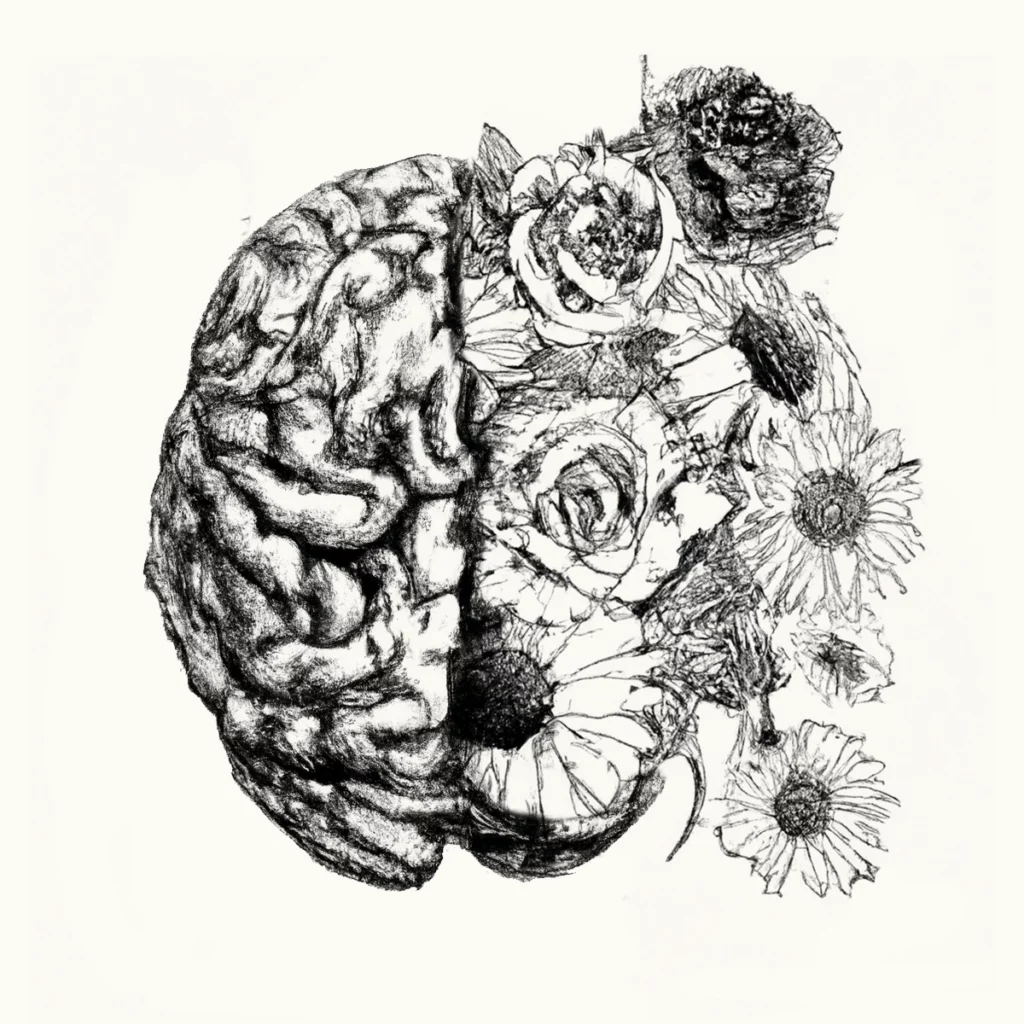Treating complex trauma both in and out of the arena
As clinicians and equine specialists, while we partner with horses in providing therapeutic services, we also take into consideration that, contrary to popular opinion, EAP/EFP is not a therapeutic modality, in and of itself. We, perhaps, may think that it is, but in contrast, it is a process that enables one’s chosen therapeutic modality to move within. Instead of focusing on what activity, per se, and working backward to find what to “do” with the client, in contrast, a therapeutic modality will utilize a theory of change in order to identify what the therapeutic goal is, the “why,” and then step towards that goal. We all may have different therapeutic models of change, and that is okay, but we still must have clarity on what this means when we step into the arena because it will dictate, from my perspective, not only the way that we interact with our clients but also how we will partner with our horses as sentient beings.
We can look at just a few different examples of therapeutic modalities to see how their theory of change highlights the therapeutic goals. Why this matters to those of us providing EAP/EFP services as an example of AAT, is that in order to deliver these services, we must also have clarity on what our model of change is within our chosen therapeutic model. The theory of change helps to define how we interpret what we see and how we interpret the equine-based interactions that our clients experience. We all get to choose what psychotherapeutic modality we work within, and we must have clarity of this before we even walk into the arena. Here are just a few examples of the psychotherapeutic modality that we might be working within.
For example, EMDR therapy is driven by the Adaptive Information Processing Model (AIP). Pathology is identified through the AIP model as being due to the activation of unprocessed experiences locked in their state-dependent form, and whether or not considered “Big T” or “Small T” events, that maladaptively stored material is what contributes to the client’s symptomatology. Keep in mind that these unprocessed experiences can also be common, day-to-day experiences “disturbing life events,” that are stored maladaptively, nor does the client’s current perception have to be that those experiences are traumatic for them to contribute to their presenting symptoms.
Therapeutic modalities and our theory of change
Barrowcliff, Gray, Freemen, & MacCulloch (2004) suggest that the orienting in EMDR is actually an “investigatory reflex,” that results in a basic relaxation response once there is a determination that there is not a threat. While we may integrate and process experiences “in the moment” a theory of change is theorized that the orienting response supports the process of consolidating and integrating memories as is identified as occurring during REM sleep (Stickgold, 2008).
It is theorized that through EMDR therapy’s use of dual attention stimuli, a REM-like state is elicited, inducing neurobiological mechanisms, which facilitate the activation of episodic memories and their integration into cortical semantic memory (Stickgold, 2002). (Stickgold, 2002). Furthermore, it has been identified that the same regions in the brain that get “lit up” by the activation of traumatic images found in PTSD are the same ones activated during REM sleep (Stickgold, 2002).
There are several research studies (e.g., Andrade et al., 1997; Kavanaugh, Freese, Andrade, & May, 2001; van den Hout, Muris, Salemink, & Kindt, 2001) indicating that EMs and other stimuli have an effect on perceptions of the targeted memory, decreasing image vividness and associated effect. Two possible mechanisms have been proposed to explain how this effect may contribute to EMDR treatment. Kavanaugh et al. (2001) hypothesize that this effect occurs when EMs disrupt working memory, decreasing vividness and that this results in decreased emotionality.
We can also look at Psychodynamic approaches, as an example of a modality that utilizes a theory of change. From the perspective of a Psychodynamic approach, it is necessary for traumatic experiences from the past, one family of origin, to be integrated and reconciled, and worked through. The goal is to make the subconscious conscious. Unless we do so, intrusions from the past will remain active and create distress in the present. In addition, from the Psychodynamic perspective, our natural drive towards a “completion tendency” makes this process even more necessary. The process of integrating traumatic material occurs by uncovering techniques, addressing denial, as well as teaching techniques such as stress management to manage symptoms. Aspects of Psychodynamic Theory include addressing blocked processing, the working through of memory through a free-associating process, as well as incorporating techniques for clients to reduce their distress.
Cognitive Behavioral Theory, as another example of a therapeutic approach, is driven by a perspective that thoughts change behaviors. Cognitive Behavioral approaches to the treatment of PTSD place great emphasis on identifying cognitive distortions, cognitive restricting, psychoeducation, the teaching of stress management strategies, and the application of coping skills. Emphasis is on accelerating the process of cognitive restructuring and enabling the clients to especially cope with distress, and identify triggers, utilize alternative behaviors. Furthermore, The “third wave” of cognitive behavioral therapy continues to focus on thoughts, albeit with the integration of mindfulness-based meditation practices rooted in the Buddhist tradition that focus on process over the content and the understanding that suffering is inevitable. The “third wave” focuses on how we relate to our thoughts and metacognitions i.e. noting and observing their impermanence with non-judgment and without attachment. Therapies such as ACT (Acceptance and Commitment Therapy), DBT (Dialectical Behavioral Therapy), and (MBCT) Mindfulness Based Cognitive Therapy are just some examples.
We just reviewed a few modalities, EMDR, Psychodynamic, and CBT, and there are numerous others to consider. Do you know the theory of change that you are working within? Do you know how that theory of change, thus defines the work that you do with clients, both in and out of the arena? Do you know how that theory of change then dictates how you interpret and utilize the interactions and experiences that your horses offer to you and your clients?




